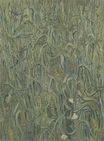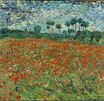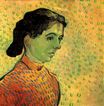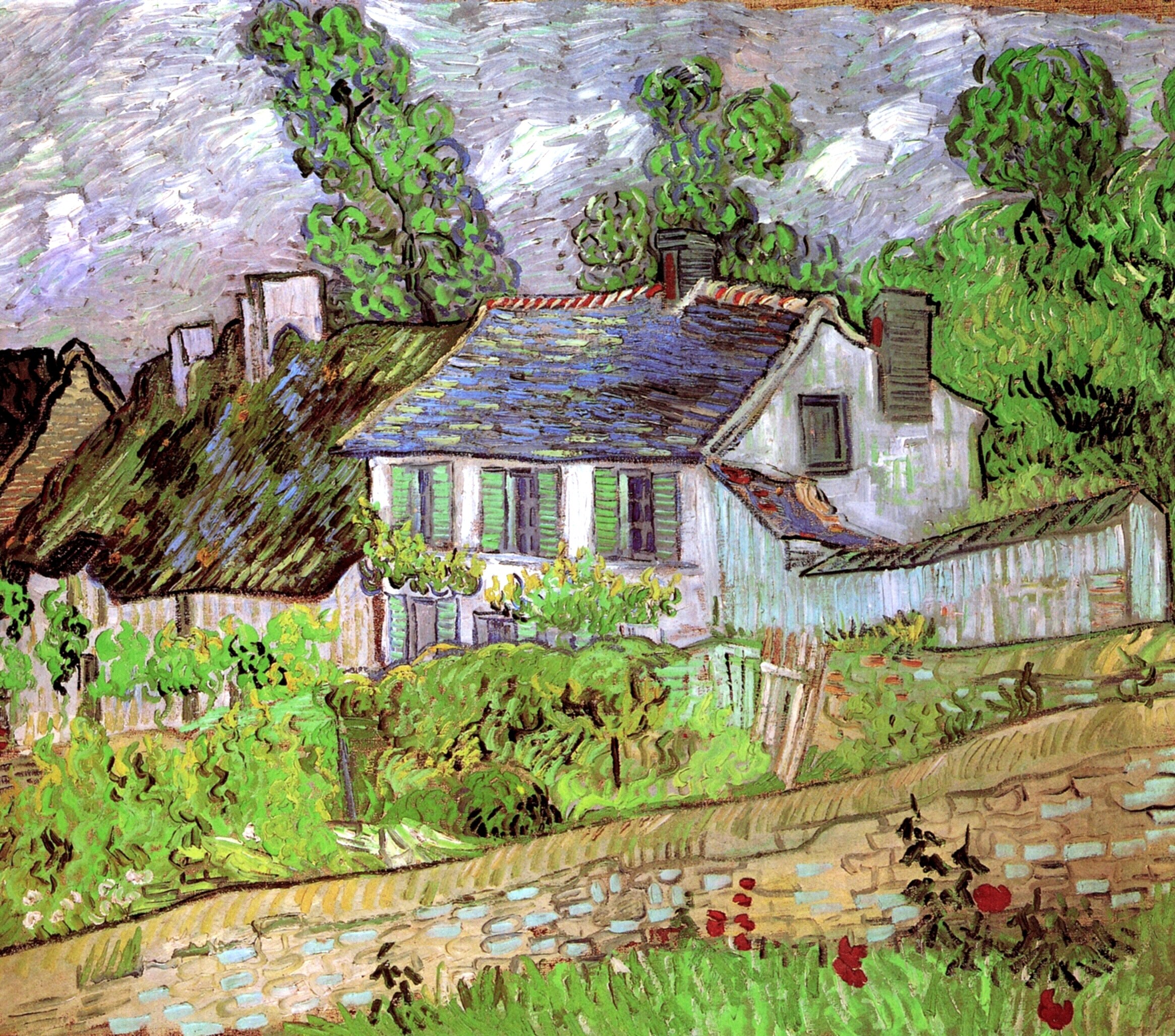Винсент Ван Гог - Дома в Овере 1890
 |
 |
 |
 |
 |
 |
 |

Дома в Овере 1890
60x73см холст/масло
Toledo, Ohio, The Toledo Museum of Art
<< Previous G a l l e r y Next >>
From The Toledo Museum of Art:
Though it would be the extensive plains above Auvers-sur-Oise that ultimately captivated his attention, van Gogh initially turned his eye to the village itself. "Auvers is very beautiful, among other things a lot of old thatched roofs, which are getting rare…for really it is profoundly beautiful, it is the real country, characteristic and picturesque," he wrote his brother, Theo, and Theo's wife after his arrival in Auvers on 20 May 1890. Working in a hamlet called Chaponval located in the western part of Auvers, van Gogh painted a cluster of dwellings nestled amid walled gardens and trees silhouetted against a gray-blue, cloudy sky. These homes still exist (though now altered) along the Rue de Gré. The central structure was known as "la maison du Père Lacroix," the house of Auguste Lacroix, a mason. The juxtaposition of its blue-tiled roof with the contiguous thatched roofs doubtless intrigued van Gogh, and he even made a related reference to such a comparison in one of his letters.
Van Gogh structured his composition as a series of horizontal zones demarcated by diagonals. In the lower right corner he included a small grassy passage accented by red poppies. Just behind appears a stone wall extending the width of his canvas, that encloses on the near side a garden in which white roses bloom and grapevines grow. Houses receding to the left, trees doing so to the right, and pockets of sky complete the design. Noteworthy is the directional variance of his brushstrokes. The roof of the central white house is executed with sideways applications that mimic the appearance of its tiling, whereas the adjacent thatching is rendered with downward gestures to convey its texture. In contrast, the vegetation throughout is represented with van Gogh's typical curvilinear, animated forms.